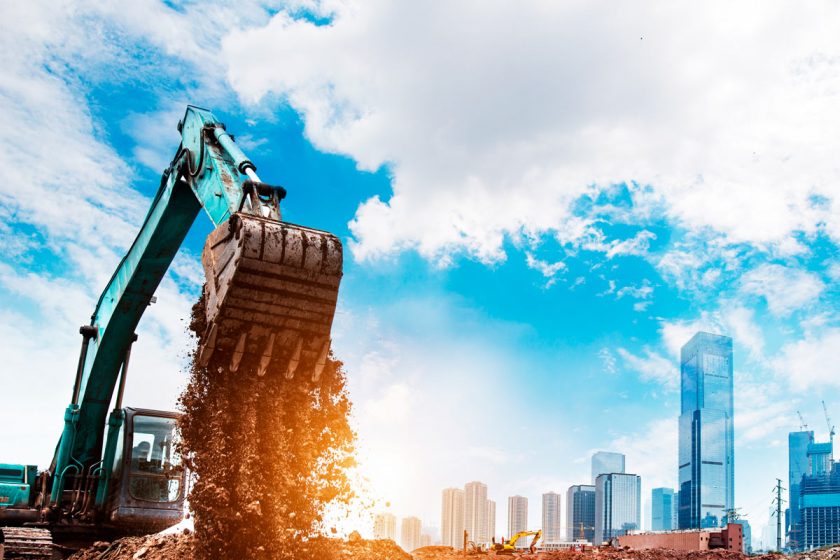The residential real estate has been showing green shoots of recovery. According to a recent report by CBRE, on the back of measured policies announced by the central and state governments, and the RBI coupled with the incentives provided by the developers, the residential segment has been showing green shoots of recovery. The housing sales grew by 73% on a q-o-q basis across India’s top seven cities in Q42020.
The recovery continued in H1 2021, as sales recorded over 75% growth on a y-o-y basis. Pune led sales activity with an approximately 26% share, followed by Mumbai (19%). It was closely followed by Hyderabad and Delhi-NCR with 18% and 17% shares respectively.
Commenting on the same, Anshuman Magazine, Chairman, India & South-East Asia, Middle East & Africa, CBRE, said, “The residential segment has played a major role in the real estate sector’s growth in India. The initiatives undertaken by the central and state governments have been crucial and commendable for the revival in the residential segment. The past few Union Budgets were in themselves a testament to the government’s commitment to affordable housing. With incentives such as the all-time low-interest rates on home loans, an extension of the moratorium period on loans, coupled with a reduction in either circle rate or stamp duty across several states, the residential sector has not only shown recovery but has become a great addition to asset portfolios.”
Although the residential sector is witnessing green shoots of recovery, developers are still navigating through issues such as:
- Limited availability of credit
- Tax and regulation complexities
- Construction delays due to labour shortage caused by reverse migration
- Higher input costs leading to rising construction costs
The report further lists the emerging trends that will shape the Indian residential real estate sector in the coming times. Let’s take a look:
Rising demand for spacious homes
Restrictions induced by the Covid-19 pandemic have made homebuyers realise the importance of spacious homes. To accommodate the trends of WFH and e-schooling, homebuyers with deeper pockets will continue to opt for larger homes. This sentiment is reflected through an increase in interest towards larger and spacious homes from Indian as well as NRI buyers.
Developers moving towards flexible homes
To keep up with the homes that can accommodate home offices and classrooms, developers might have to come up with flexible home designs.
Explaining the same, Gaurav Kumar, Managing Director & Co-Head, Capital Markets, India, CBRE, said, “As work-from-home and e-schooling have become the new lifestyle, the need for owning a home has dawned upon homebuyers across the nation. This has induced a wave of change in the industry as developers got back to their drawing boards to design more accommodative homes to align with the demand.”
The shift towards peripheral locations likely to continue
For years, homebuyers have been flocking to city centres and close-in suburbs, seeking a better lifestyle by shortening their commutes and gaining easy access to recreational facilities. However, the pandemic turned this trend on its head. As remote working became the norm in 2020, many city dwellers migrated to the suburbs to get more space.
“As the commute time is expected to reduce owing to hybrid and satellite offices setups, cities’ peripheral locations are expected to witness a higher demand as they offer more accommodative homes at relatively lower prices,” said the report.
Demand for green and smart homes to rise
Sustainable and smart home designs could increase as consumers become more conscious of energy costs.
The smart home, as a concept, has gradually evolved. Consumers today want access to technologies and virtual assistants that can help them with daily chores, plan their day, and operate their appliances. Therefore, automated homes and Wi-Fi access streets will get more prominent. As per a study by Statista, nearly $3 billion Indian smart home market is expected to grow to become $6 billion by 2022.
Re-assessment of labour practices
With the health and safety of the labour force gaining more attention, developers are likely to safeguard the well-being of their labour pool by ensuring sanitisation and social distancing at construction sites.

